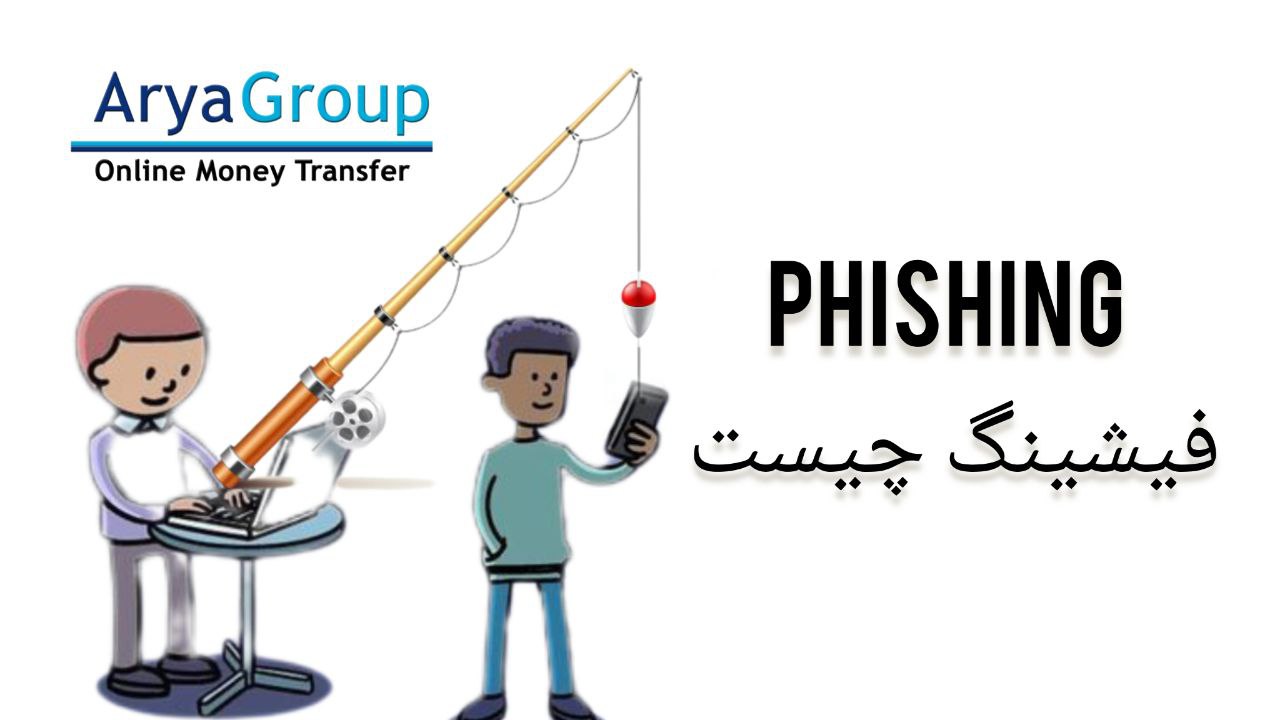cryptocurrency phishing (scam)and ways to prevent it

What is Cryptocurrency Phishing?
Phishing in the world of cryptocurrency refers to a type of cyber attack where hackers attempt to acquire sensitive user information such as usernames, passwords, private keys, and other financial data through deceptive methods. These attacks typically occur via emails, text messages, or fake websites that closely resemble legitimate ones.
Common Phishing Methods in Cryptocurrency:
- Fake Emails: Hackers can send emails that appear to be from a reputable exchange or wallet, prompting users to click on a link and enter their information.
- Fake Websites: Hackers may create websites that look similar to the official sites of exchanges or wallets, tricking users into entering their information.
How to Prevent Phishing:
- Do not trust links received in unsolicited emails or messages.
- Use antivirus software and firewalls.
- Only use reputable websites and ensure they are HTTPS secured.
- Enter sensitive information only on trusted platforms.
Types of Phishing:
- SMS Phishing (Smishing): This type of cyber attack involves hackers attempting to obtain sensitive user information, such as usernames, passwords, and banking details, through text messages. These attacks typically involve fake messages that appear to be from a legitimate entity (such as banks, large companies, or online services).
SMS Phishing Methods:
1. Hackers send messages that seem to come from a reputable organization, encouraging users to click on malicious links or call fake numbers.
2. These links may direct users to fake websites that mimic real ones and prompt them to enter personal information.
3. Some messages may include phone numbers that seem legitimate but actually belong to hackers.
- Spear Phishing: In this type of attack, hackers specifically target an individual or a particular group and gather information more meticulously to carry out a successful attack.
- Vishing (Voice Phishing): This refers to a type of scam where fraudsters attempt to obtain sensitive information from individuals through phone calls. This information can include credit card numbers, passwords, bank account details, and other personal information. In this type of scam, the fraudster typically pretends to be a representative from a legitimate organization (such as a bank, service company, or government office) and requests personal information from the victim. Common techniques in vishing include:
- Fraudsters claiming that your account is in danger and that you need to take immediate action.
- They may use names and brands that are credible to convince the victim.
- Deceptive questions: Fraudsters may ask seemingly harmless questions while actually seeking to collect sensitive information.
How to Prevent Phishing in Cryptocurrency:
- Check Website Addresses: Always carefully verify the website address and ensure its authenticity. Look for HTTPS and a green padlock in the address bar.
- Caution with Links: Avoid clicking on links in emails or text messages, especially if they come from unknown sources.
- Use Two-Factor Authentication (2FA): This adds an extra layer of security to your accounts and reduces the risk of unauthorized access.
- Education and Awareness: Familiarize yourself with different phishing methods and stay updated to apply the best practices for protecting your accounts.
- Users should also consider the following to prevent phishing:
- Utilize security software and firewalls.
- Never share your credit card information and passwords with anyone, and avoid sharing them online.
Phishing attacks in the cryptocurrency world are among the most common and dangerous security threats. To prevent such attacks and protect your assets, you can take the following actions:
- Use Secure Wallets: Utilize reputable and well-known wallets, and if possible, use hardware wallets for storing significant amounts.
- Regular Updates: Keep your operating system and software updated to avoid known vulnerabilities.
By adhering to these tips, you can reduce the risk of phishing and other cyber threats, safeguarding your assets in the cryptocurrency space.
Conclusion:
Phishing poses a serious threat in the world of cryptocurrency, and users must be aware of prevention and identification methods to protect their assets.
 English
English
 فارسی
فارسی

Add New Comment